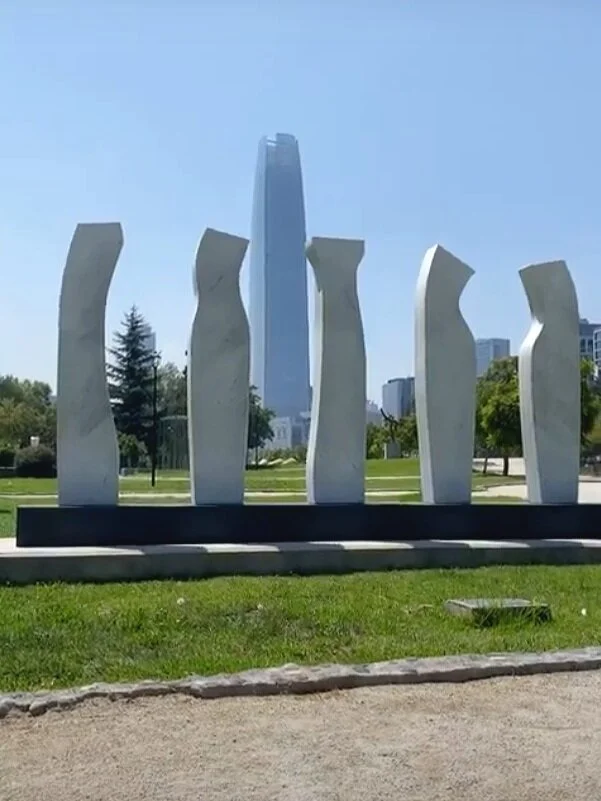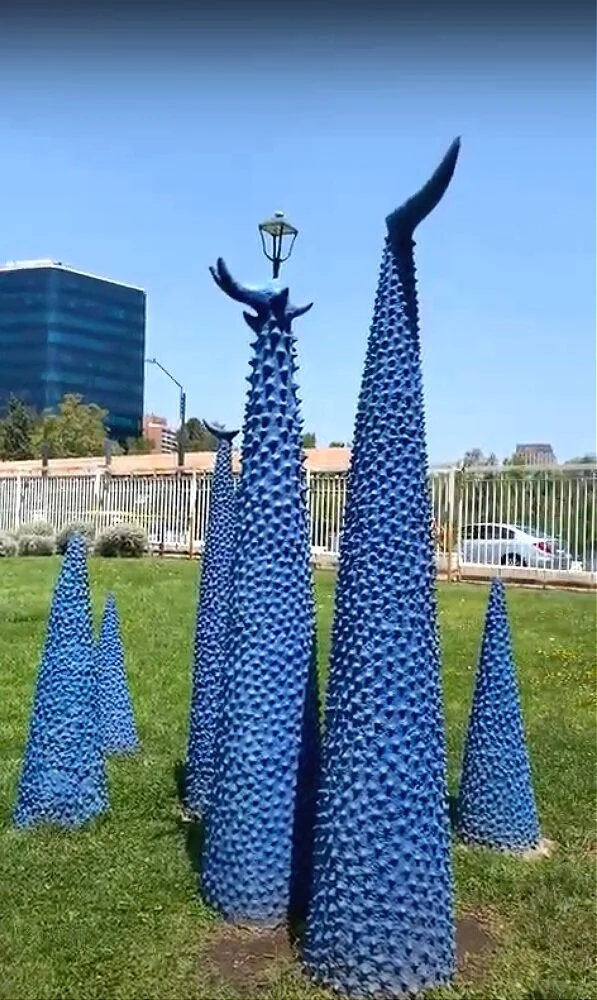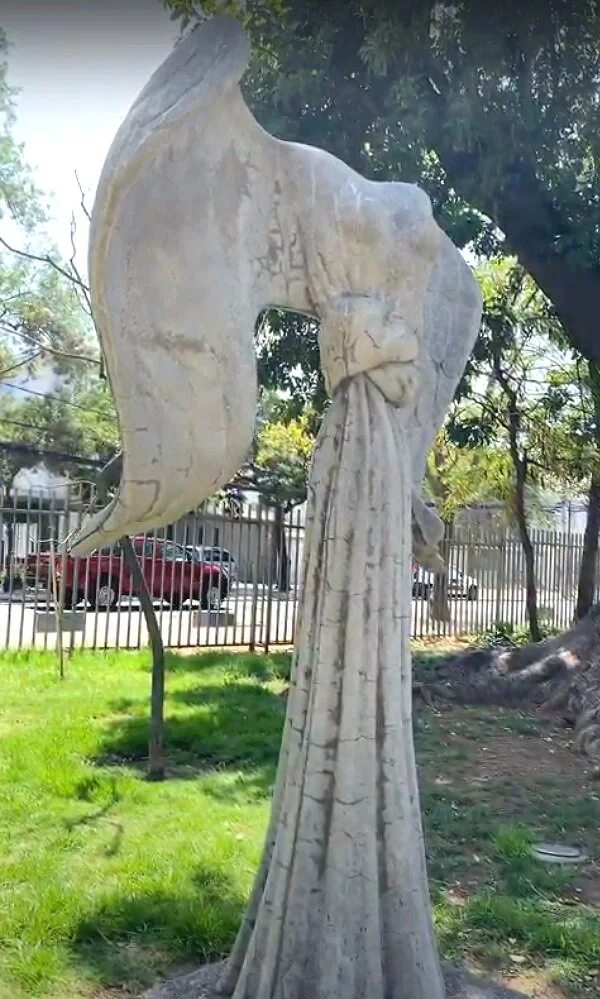Walk in the Park
Santiago has always played host to incredible artists from around the country and world. Housing between 15 and 20 museums (depending on your specific definition of a museum) it has a little something for everyone. One of my favorites is Parque de Las Esculturas (Sculpture Park). Located right outside downtown and next to Rio Mapocho (Mapocho River) it is a beautiful place to spend an afternoon.
The Parque de Las Esculturas is located near the center of Santiago. In 1982, there was one of the biggest floods in Santiago’s history, with the Rio Mapocho overflowing and damaging significant sectors of the city. One such area was the current location of the Parque de las Esculturas. Hoping to return this area back to public use, a group of local artists began an initiative to create the sculpture park. They wanted to beautify the destroyed gardens while also promoting artistic expression in the city. Their undertaking was successful, and the park, designed by architect German Bannen, was inaugurated in 1986. Lesson being: when life hands you lemons...make a sculpture park.
The park’s first sculpture was “Pachamama” by Marta Colvin. Marta, a native of Chile, was inspired by her homeland and sought to marry her technical style with the rugged, untamed nature around her. Since the park opened, the collection has grown steadily. Currently, there are around 40 permanent sculptures placed throughout the park. Numerous pieces have won prestigious international awards. The awards are noted on the plaque accompanying each piece. There is also an indoor exposition area that features the work of emerging artists. However, due to the pandemic, this area is closed to the public. The park itself is beautiful with loads of spots for selfies. I was flanked by selfie-takers at every area I walked around in so don’t be shy with the photos!
Vigias del parque (Watchers of the park) by Cecilia Campos
The sculpture symbolizes five guardians of the natural environment as well as the works located in the Park Museum. It is made of black and white marble.
"Pehuén" by Sandra Santander Montero
The name comes from the Mapuche name for the Monkey puzzle tree. An evergreen tree that grows roughly 1–1.5 m in diameter and 30–40 m in height. It is native to central and southern Chile and western Argentina. These trees have strong roots in the Chilean ancestral culture, these blue trees represent the heart of the city and the world of the spiritual; the ritual, and the sacred. It is made of blue pigmented ferrocement.
"Free will" by Alicia Larraín
The labyrinth is a symbol of the journey that man goes through to achieve his transcendence. The visitor can choose to enter it, or contemplate it from a distance. (This is by far the most popular piece for selfie takers). The sculpture is made of stainless steel tubes.
"Flight I" by Lucía Waiser Palombo
This piece is an allegory to the woman who, despite her ties, manages to take flight to achieve her dreams and achievements. Lucía draws inspiration from her own life with critics saying "the universe female has always been a key issue." It is made of reinforced concrete.
"Ode to the wind" by Ignacio Bahnna Haddad
It is the representation of the wind, as it moves through the passages of southern Chile in its most fleeting state of displacement. This is expressed with forms wrapped in themselves. It is carved in acacia wood and a Spanish banana tree with a vitrified coating.
These are just a handful of my favorite pieces. There are over 30 more that are worth seeing on your next trip into the city. Don’t forget your camera!







